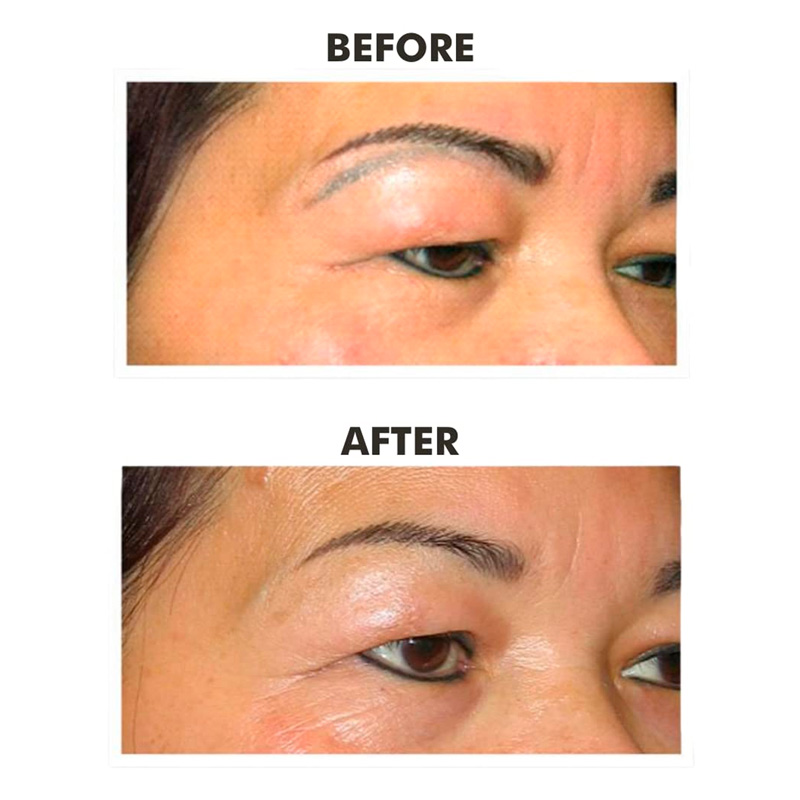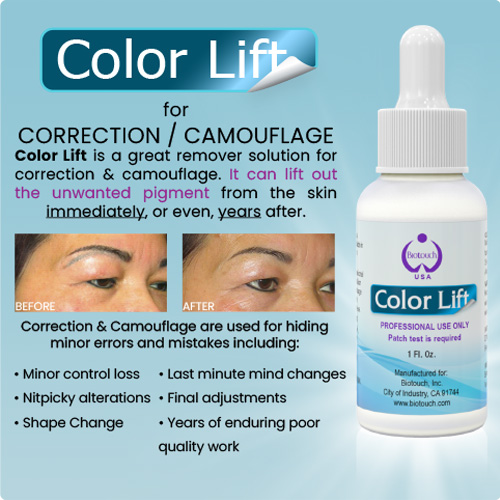

Tattoo Removal Solution:
The tattoo removal course teaches you how to remove and lighten pigment from the skin in one day. Removals are effective for a variety of reasons.
In addition to tattoo removals, our process is effective for semi-permanent makeup removals, as well as pigment removal anywhere on the body, including the delicate facial areas.
KHDA & international certificates upon the successful completion of tattoo removal course.
Tattoo removal has been performed with various tools since the start of tattooing. While tattoos were once considered permanent, it is now possible to remove them with treatments, fully or partially.
The “standard modality for tattoo removal” is the non-invasive removal of tattoo pigments using Q-switched lasers. Different types of Q-switched lasers are used to target different colors of tattoo ink depending on the specific light absorption spectra of the tattoo pigments. Typically, black and other darker-colored inks can be removed completely using Q-switched lasers while lighter colors such as yellows and greens are still very difficult to remove. Success can depend on a wide variety of factors including skin color, ink color, and the depth at which the ink was applied.
Q-switched lasers first became commercially available in the early 1990s. For a couple of decades before that, continuous-wave lasers were used as medical lasers for tattoo removal. Continuous-wave lasers used a high energy beam that ablated the target area and destroyed surrounding tissue structures as well as tattoo ink. Treatment tended to be painful and cause scarring.
Before the development of laser tattoo removal methods, common techniques included dermabrasion, TCA (Trichloroacetic acid, an acid that removes the top layers of skin, reaching as deep as the layer in which the tattoo ink resides), salabrasion (scrubbing the skin with salt), cryosurgery and excision which is sometimes still used along with skin grafts for larger tattoos. Many other methods for removing tattoos have been suggested historically including the injection or application of tannic acid, lemon juice, garlic and pigeon dung.
Recent research is investigating the potential of multi-pass treatments and the use of picosecond laser technology, which seem promising.








